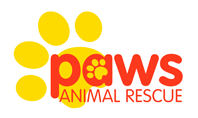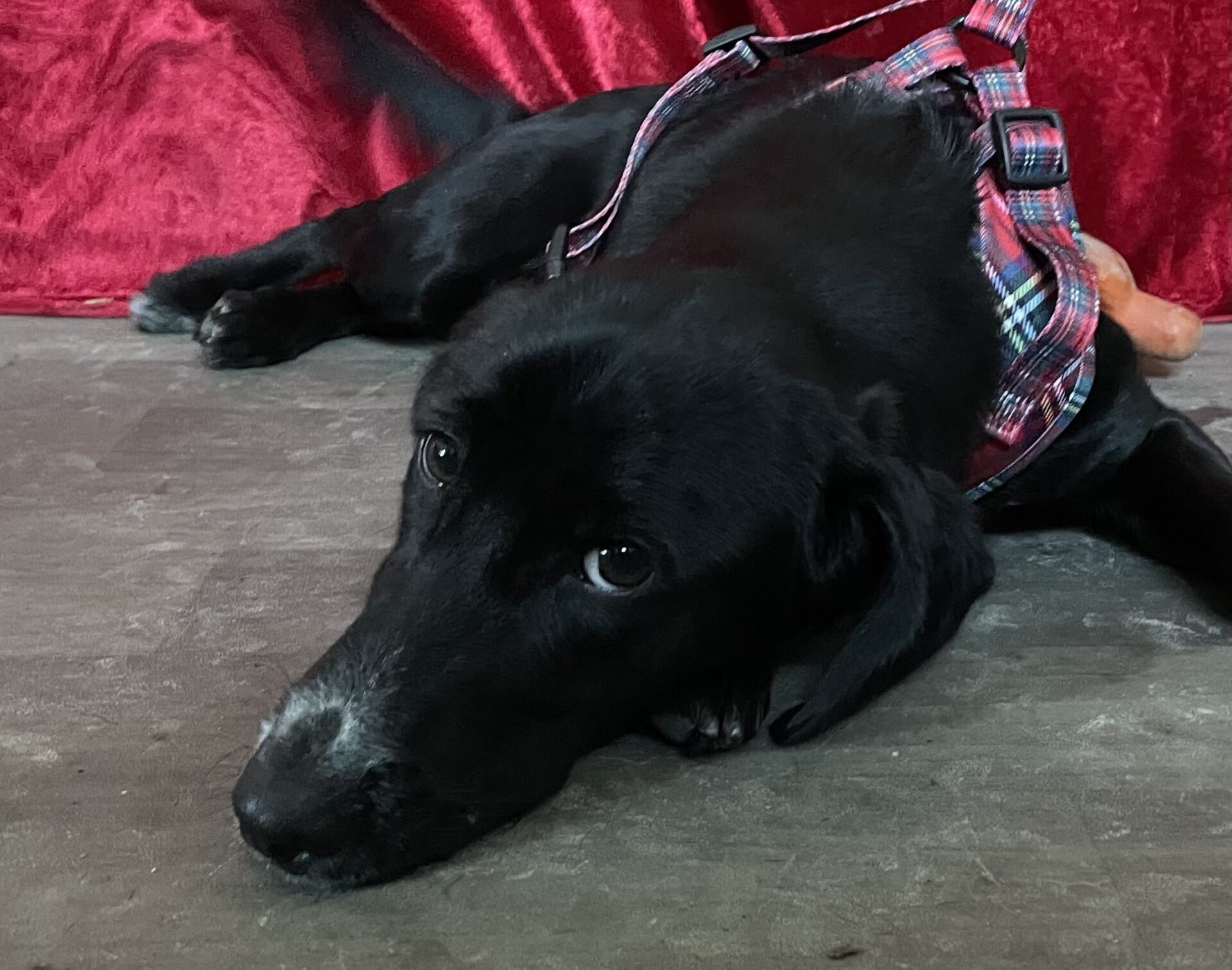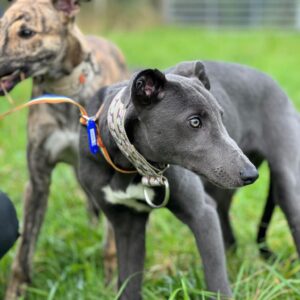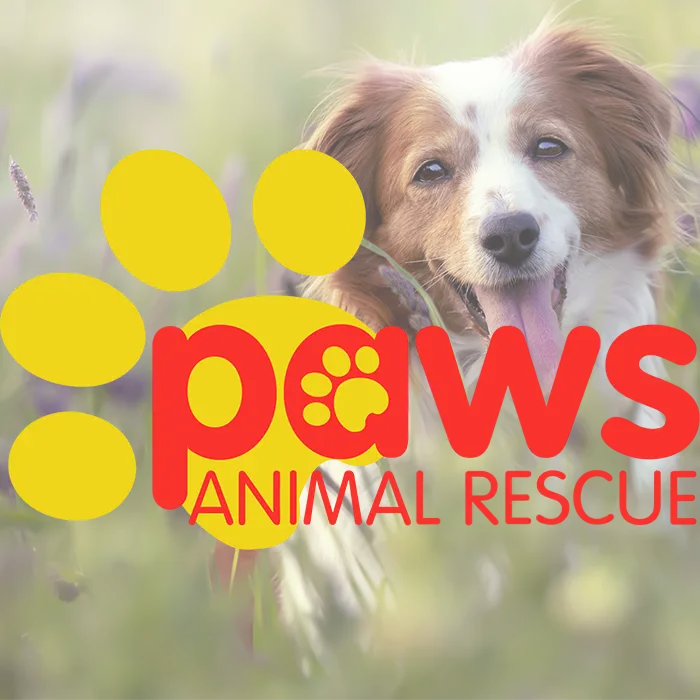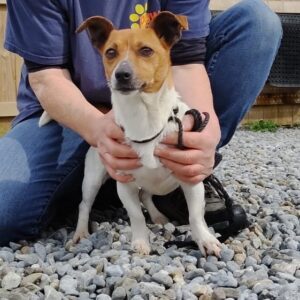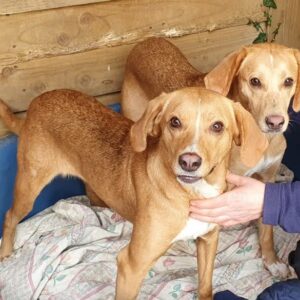Some dogs can be skittish or nervous for varied reasons. Some dogs can have a learning history of past experiences or situations being scary or stressful. For example, a dog that has been trained using negative punishment will be in a state of anticipation of pain or shock and will behave accordingly with how they’re feeling. Other dogs may have missed out on appropriate socialisation in early life or been exposed to scary situations before, perhaps they’re a rescue dog that has come from a bad experience and views the world as a scary place. An excessively nervous dog may also need a full veterinary health check up with full blood test or urine lab analysis to rule out an underlying health condition being the cause of excessive anxiety.
Building trust and a positive relationship with a scared dog is a process that involves teaching your dog they can count on you not to scare them and to teach them that you are a network of support for them. All dogs need their owner to advocate for them and their emotions. Protecting them from situations that frighten them and working with them gradually to overcome their fears at their own pace it takes a lot of time and understanding as it is a process that cannot be rushed. It means never forcing them into situations that are too much for them, and it means proceeding only at the pace they can handle, not the pace you want.
A nervous dog needs you to provide lots of positive experiences that are not scary and that the dog can handle. All experiences must be done when the dog is within their threshold for stress. A dog that is over their stress threshold needs immediate space away from anything stressful, they cannot make logical decisions if their brain and limbic system is already in fight or flight mode. It’s important to be the source of what makes them happy and what they enjoy so you are the one they count on. This is so they feel safe and build confidence.
There are two main strategies for building trust with a skittish dog. Be the source of good (unscary) experiences that lead to positive emotions for the dog, such as providing treats, playing with toys, and being both calm and gentle.
Don’t be the source of bad experiences that lead to negative emotions for the dog, such as staring at them or other intimidating body language, loud chaos, or sudden noise or movement. Be calm around your nervous dog.
1. Give them good quality food rewards.
The purpose of the food rewards is to get a skittish dog to associate a situation or a new person with positive emotions. The better the treats are, the easier that is. Experiment with a few kinds to see which are most appealing to them. Be generous with the treats; that makes it more likely the good feelings from treats can counteract the fears.
Something you can do every day is toss treats in their direction and then walk away while they eat them. They learn that you have food but also that you don’t put pressure on them to come to you to get them that can create conflicted emotions for dogs and potentially make treats feel ‘toxic’.
2. Encourage them to play and do enrichment.
Not only do enriched dogs learn better, but playing with toys and figuring out cognitive activites creates a sense of control and purpose in dogs. It is some dogs only time of day where they are making all the choices – a massive confidence builder. They are also in control of the outcome of their decisions, learning what behaviors work and what don’t. A game of tug of war where they are let win is a massive achievement, win and confidence boost for nervous dogs. Some dogs love toys, and opportunities to play with them and this can open dogs up to joy and fun after they’ve had rough times in their lives. Other fearful dogs who have suffered are too preoccupied with the basics of food, water, and safety to act playfully. Give them choices of different toys and even beds to choose from and start here.
3. Keep them moving.
Some dogs do better with activity and motion than with the inherent tension of everyone standing still. introduce them to new dogs and people outside in an open space and letting them walk parallel and sniff. Keep moving and let them follow you. Tense standing still attached to a leash can be too much for a dog. This creates a low-pressure situation for many dogs, who will often join the movement.
4. Be patient with them.
Accept a skittish dog for who they are and meet them where they are at. Dont let unrealist timelines or expectations for them. Be calm, gentle and patient. Previous experiences or their genetic makeup (or both) — factors that are beyond your control — may limit a skittish dog’s capacity to interact so everything has to happen at their pace and overexposure them or rushing them through meets or experiences will be counterintuitive.
